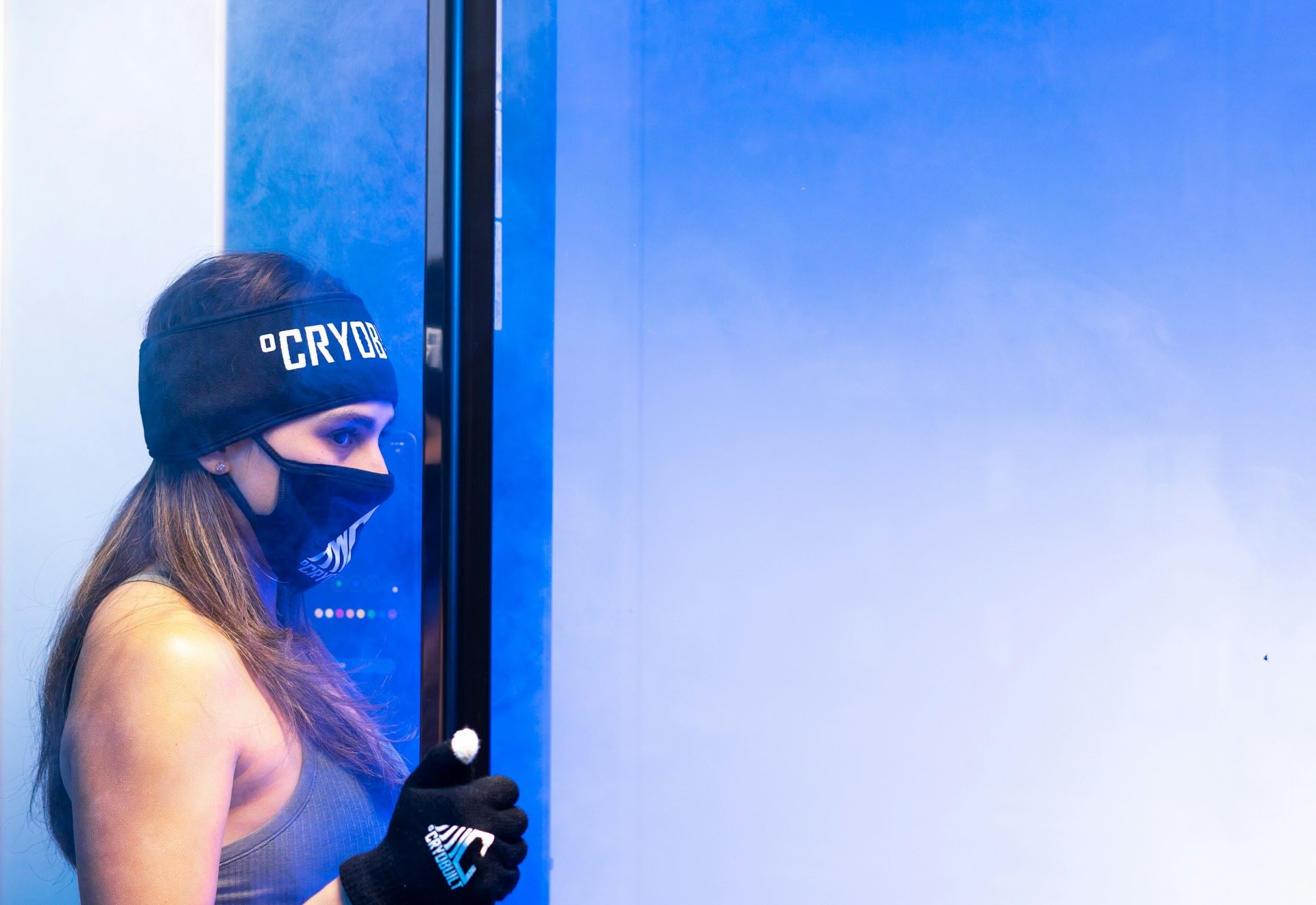Imagine stepping into a futuristic chamber, where icy vapour swirls around you, instantly plunging the temperature to an almost unimaginable chill. For a few intense minutes, your body is enveloped in freezing air, triggering a cascade of physiological responses. Welcome to the world of cryotherapy – a cutting-edge thermal treatment rapidly gaining traction among elite athletes and health enthusiasts alike.
Building on ancient practices of cold water immersion and ice baths, cryotherapy elevates this concept to new extremes, promising enhanced recovery, reduced inflammation, and a boost in mood and performance metrics like heart-rate variability and VO2 max. But does it truly live up to the hype? In this article, we’ll explore the fascinating science behind cryotherapy, how it compares to other thermal therapies such as saunas and infrared saunas, and whether it’s worth incorporating into your weekly wellness routine.
What is cryotherapy?
It involves exposing the body to extremely cold temperatures for a short duration, typically ranging from two to four minutes. The treatment can be localised to a specific area or involve whole-body cryotherapy (WBC), where the entire body is exposed to cold air. The temperature in a cryotherapy chamber can drop to as low as -140°C (-220°F), stimulating a range of physiological responses.
How does cryotherapy work?
It works by constricting blood vessels and reducing blood flow to targeted areas, thereby reducing inflammation and numbing nerve activity, which can relieve pain. Once you exit the cold environment, the body rapidly re-warms, dilating blood vessels and improving circulation. This process can help flush out toxins, enhance nutrient delivery to tissues, and promote faster recovery, according to the Journal of Thermal Biology.
What does a cryotherapy session entail?
It typically begins with a brief consultation and preparation, where you strip down to minimal clothing, usually just underwear, gloves, and socks to protect extremities. During the session, you enter a cryotherapy chamber or cryo-sauna where the temperature drops significantly. The session lasts between two to four minutes, during which you can move around slightly to tolerate the cold better. Post-session, you gradually warm up and may be advised to do some light activity to boost circulation.
Does science support cryotherapy’s health claims?
The scientific community is divided on the efficacy of cryotherapy. While some studies indicate benefits such as reduced muscle soreness, improved recovery times, and enhanced mood, others suggest the effects are comparable to placebo. Research published in the Journal of Sports Sciences highlights that more rigorous, long-term studies are needed to confirm these benefits definitively.
How expensive are cryotherapy sessions?
Costs vary widely based on location, facility, and session type. On average, a single whole-body cryotherapy session can range from £30 to £50 in the UK, while packages and memberships can reduce the per-session cost. Specialised treatments, like those targeting specific body areas, may be priced differently.
How can I get better at coping with extreme cold exposure?
Start with shorter cryotherapy sessions and gradually increase the duration as your tolerance improves. Proper breathing techniques can help manage the cold, and wearing dry, moisture-wicking clothing can enhance comfort. Regularly using cold showers or ice baths can also help acclimate your body to lower temperatures.
Are there alternatives to cryotherapy with similar health benefits?
Alternatives to cryotherapy include traditional ice baths, cold water immersion, and thermal therapies like saunas and infrared saunas. Saunas can improve cardiovascular health and detoxification, while infrared saunas penetrate deeper into tissues, promoting relaxation and muscle recovery. Both methods can enhance performance and overall well-being, making them viable options for those hesitant about cryotherapy, according to the Journal of Clinical Medicine.





